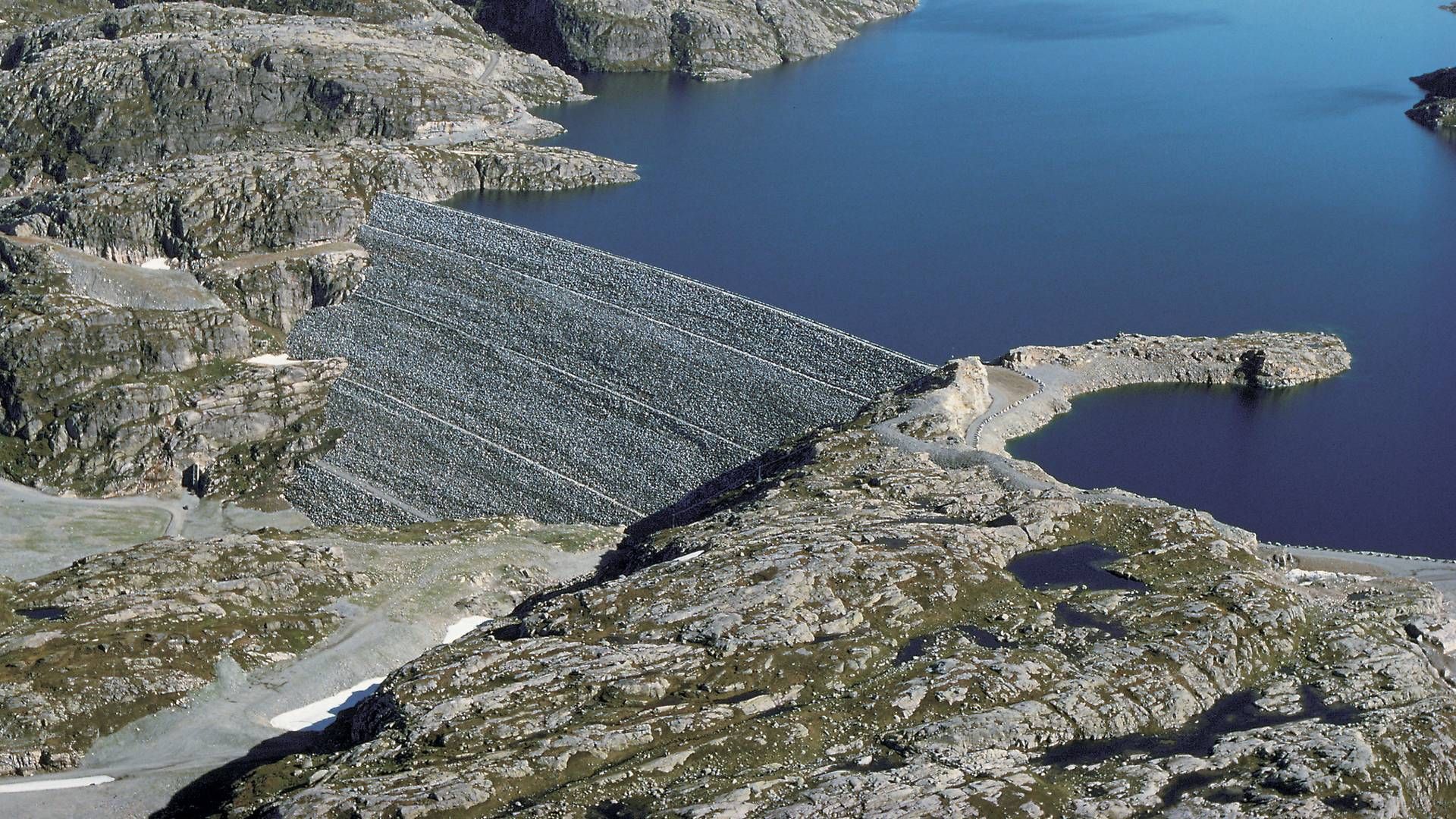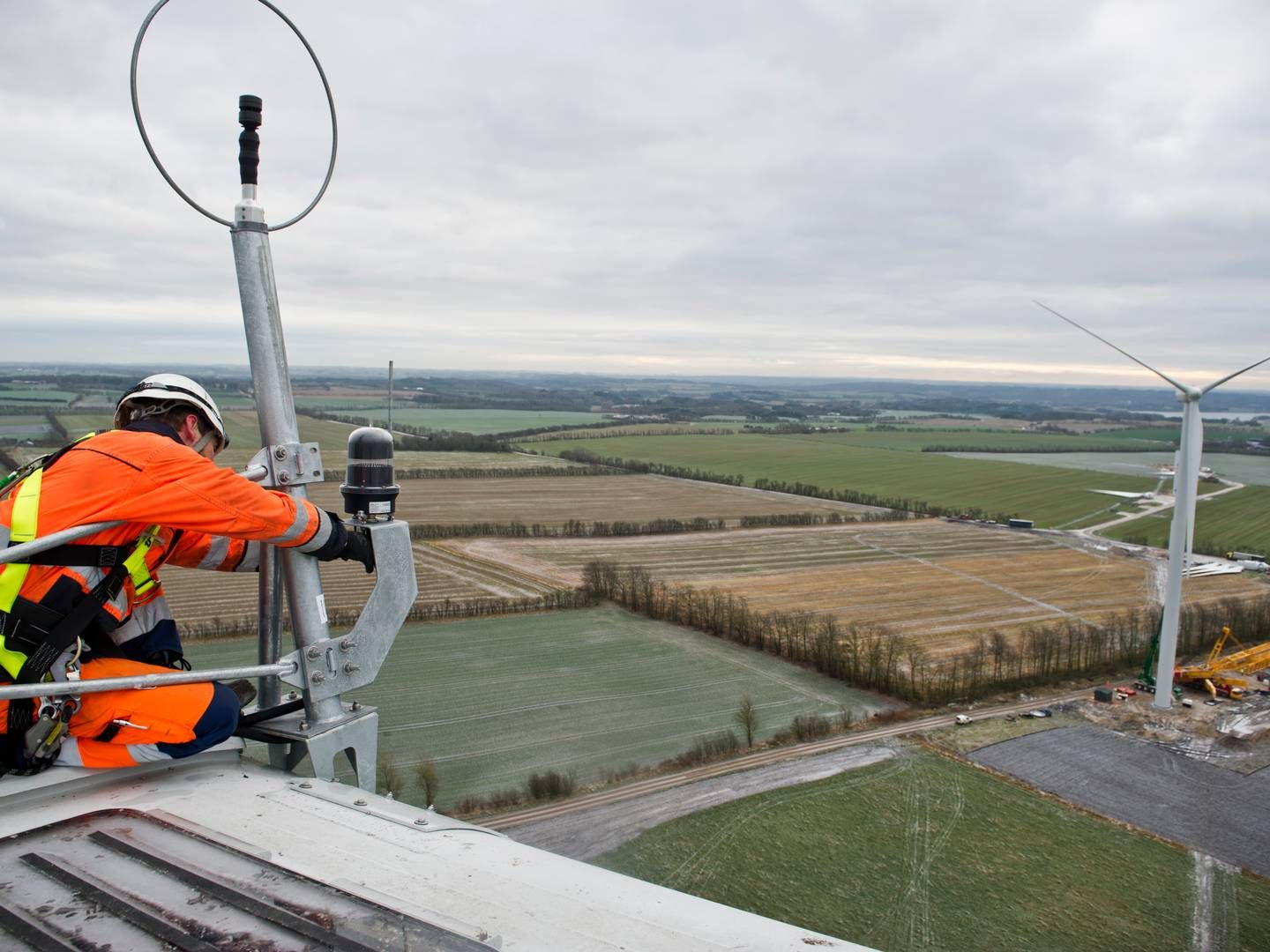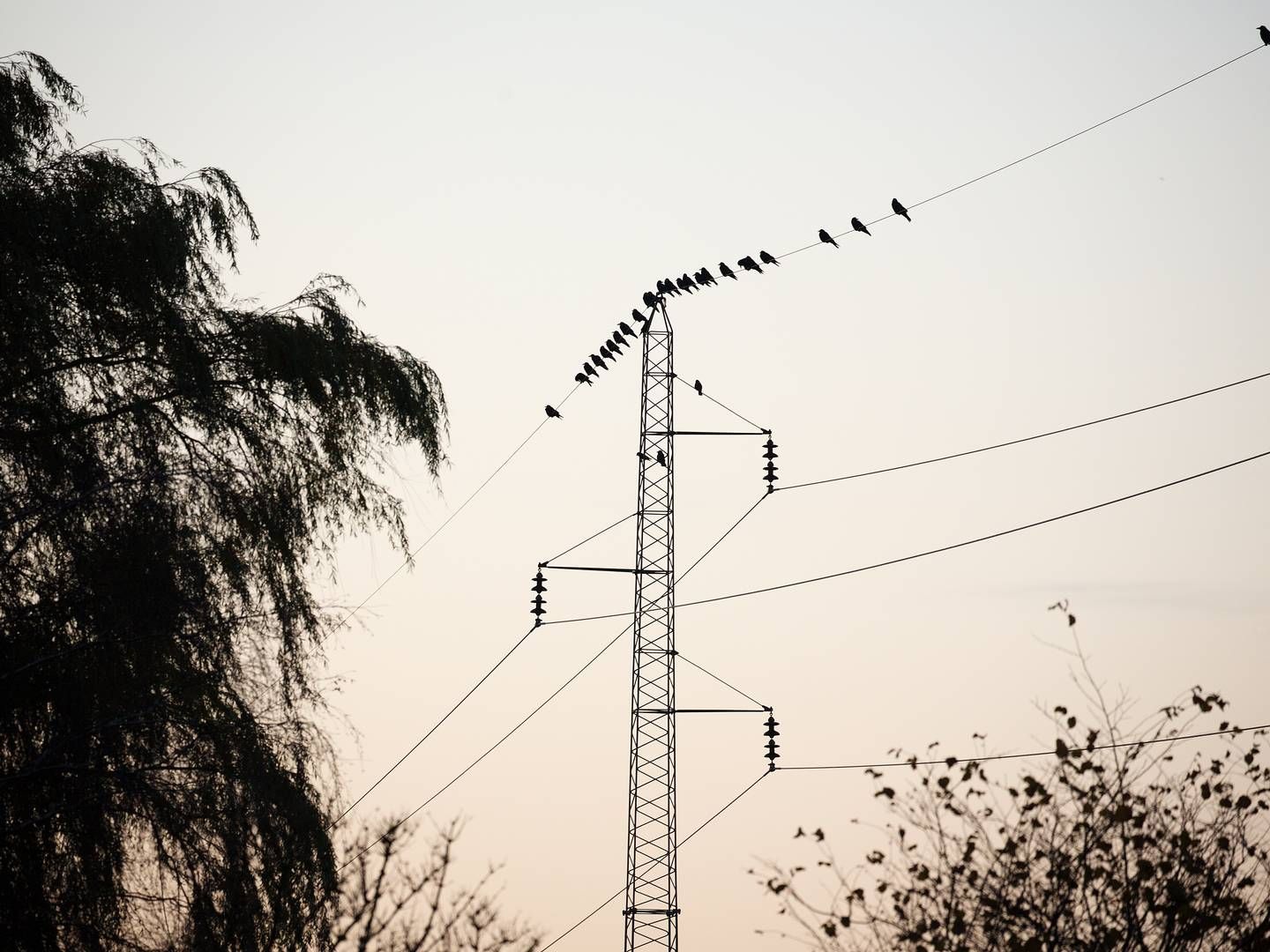Climate change has increased hydropower productivity

Climate change entails melted glaciers and increased water levels. This is bad news for the Maldives and Arctic polar bears, but in hydropower generation it can be good business.
The same elements causing dread around the globe have increased the productivity at Norwegian hydropower plants by 3.5 TWh per year, according to the Norwegian Water Resources and Energy Directorate's (NVE) analysis and projection (Norwegian) of Nordic power generation toward 2040.
"Our projected inflow series give about 3.5 TWh more hydropower generation in Norway during 2019 compared to the reference period of 1981-2010," states the report, adding that climate change is a factor:
"How much of the increase is attributable to climate change and how much is due to natural variations is not possible to determine based on such a short period, but the cause is most likely a combination of these two factors."
It is certain, however, that the increased generation isn't a result of power plant improvements. These have increased productivity by 5 TWh since the reference period and have been included in the analysis. Thus, climate change remains as the only major factor.
Factors contributing to Norway's water reservoirs include melted snow, more rain and increasingly unsettled weather. NVE moreover predicts that climate change will increase productivity by another 2.8 TWh toward 2040.
In 2019, hydropower accounted for around half of Nordic energy generation with about 219 TWh.
English Edit: Jonas Sahl Jørgensen
Exxon exits top-ten list of US’ biggest firms
Norwegian wind sector calls restrictions political posturing
Related articles
Exxon exits top-ten list of US’ biggest firms
For subscribers
Norwegian wind sector calls restrictions political posturing
For subscribers






















.jpg&w=384&q=75)

